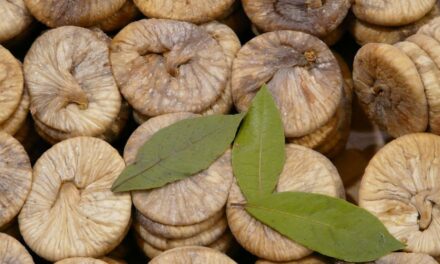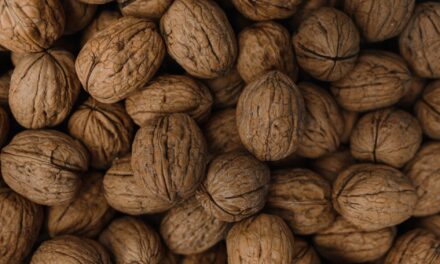Walnuts are one of the most commonly consumed nuts across the whole world. They are delicious, versatile and also come loaded with numerous health benefits.
Whether it is adding them to salads or making a cake using them, walnuts have a host of different uses.
But have you ever wondered how these walnuts that are an integral part of our diets, actually harvested? Well, if not then keep reading on as we will find that out in this article.
How are Walnuts Harvested?
Walnuts grow on huge trees that belong to the species Juglans regia. The trees are very tall and can grow as high as 30 meters.
In India, Jammu & Kashmir is the major walnut producing region along with a few other states like Himachal Pradesh, Uttarakhand and Arunachal Pradesh.
Did you know that a walnut tree can only be harvested about 10 to 12 years after its seeds have been planted? And after about 18 to 20 years, the tree is fully grown and its walnuts can be sold commercially. However, if the tree has been grafted, the commercial production can start in about 8 to 10 years.
A walnut tree that is fully grown can produce a minimum yield of 50 kgs and a maximum yield of 150 kgs of walnuts each year.
he process of harvesting the walnuts begins sometime around the fall season which is usually mid-September to the end of October. The walnuts are encased in green hulls and the process of harvesting begins when these hulls start to split open. By this point, the maximum number of nuts already have split hulls and some nuts already start falling to the ground naturally.
Mechanical shakers are used to shake the trees and make the walnuts fall down. The nuts fall down on the ground, they are then picked up and their green hulls are removed.
The walnuts are then dried out and after the drying process gets over, they are stored then packed (either shelled or in-shell) and then finally they are sent to be sold in the markets.







Recent Comments